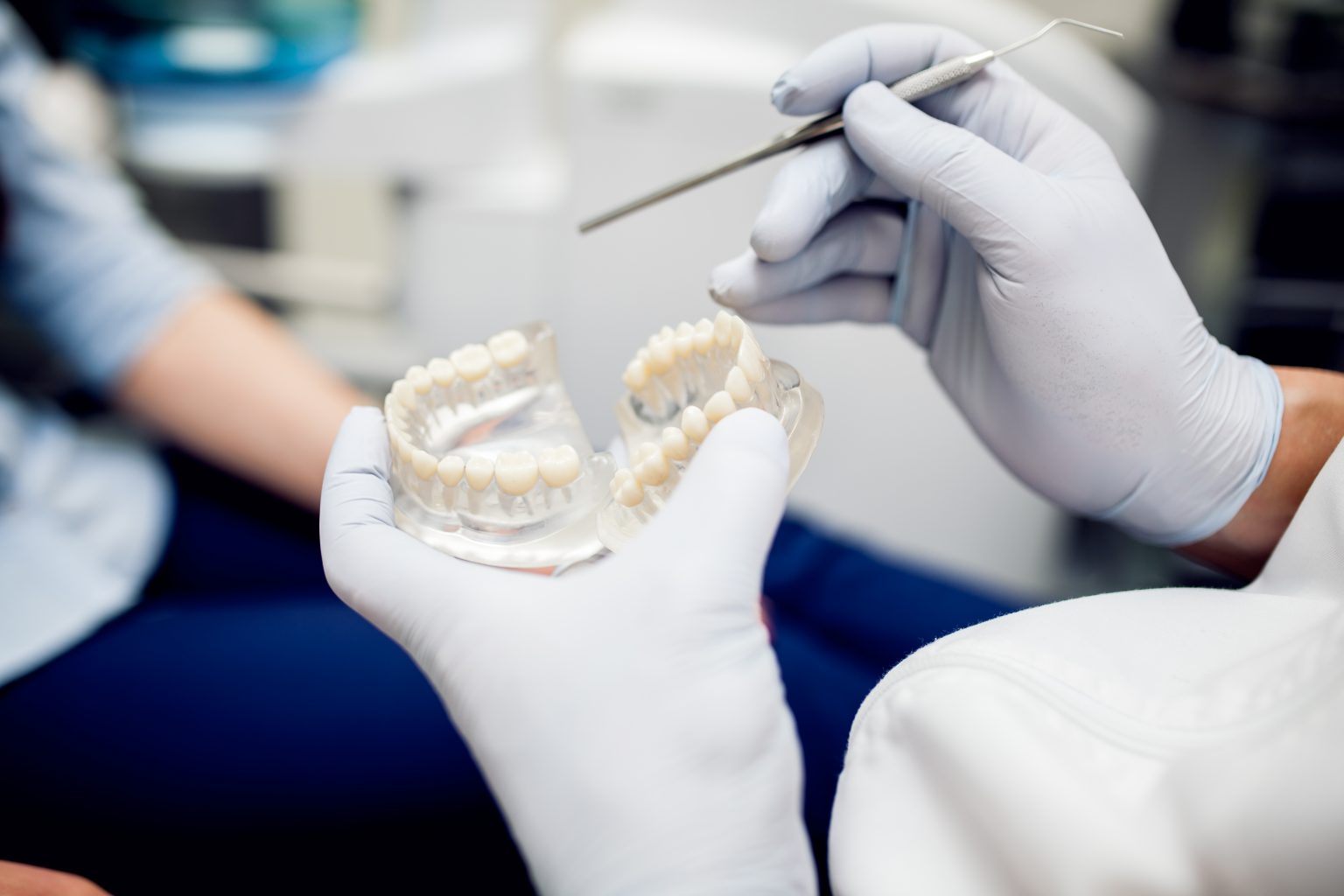Selecting the appropriate braces is an important choice when it comes to orthodontic treatments. There are many options available to people who are thinking about getting braces, from conventional metal braces to combos like upper ceramic and lower metal braces. We’ll go over the different kinds of metal braces for teeth in this tutorial, along with the advantages of going with ceramic on top and metal on bottom.
Types of Metal Dental Braces
Metal braces have been the cornerstone of orthodontic treatment for decades. Although traditional braces are still widely used, technological improvements have led to the introduction of various metal brace forms, each with specific advantages.
Conventional Metal Braces: The most popular kind, these braces are composed of premium stainless steel. They are made up of metal brackets that are affixed to every tooth and a metal archwire that exerts pressure to realign the teeth. Traditional metal braces are very helpful, however some patients may find them noticeable.
Self-Ligating Metal Braces: A contemporary take on conventional braces, self-ligating metal braces secure the archwire in place using doors or unique clips rather than elastic bands. Because of this design’s reduced friction, patients receive treatments more quickly and require fewer follow-up consultations. Because there is less pressure on the teeth with these braces, they may also be more comfortable.
Gold Metal Braces: Gold-plated metal braces have an attractive appearance for individuals looking for something different. These work in the same way as conventional metal braces, but have a gold coating for an opulent look. Additionally hypoallergenic, the gold plating is a fantastic option for people who have nickel sensitivity.
Lingual Metal Braces: Designed to fit precisely, lingual metal braces are affixed to the inner surfaces of the teeth so that they are unnoticeable from the outside. Because of their personalized design, they usually cost more and may be less comfortable than other sorts, despite being a discrete option.
Mini Metal Braces: Compared to typical metal braces, mini metal braces are smaller and more discrete, but they still work just as well. They are more pleasant since they are smaller, causing less metal to irritate the gums and cheeks.
Metal Braces, Upper Ceramic Lower
Combining metal braces on the bottom teeth with ceramic braces on the upper teeth is a common option for patients looking to strike a balance between efficacy and looks. This combination leverages the discreet appearance of ceramic braces with the strength and affordability of metal braces.
Advantages of Upper Ceramic Braces: Visual Appeal
Ceramic braces are less obvious than metal braces since they are composed of materials that match the color of teeth. Because they are more noticeable when speaking or smiling, they are especially preferred for the upper teeth.
Stain Resistance: When patients maintain proper dental hygiene habits, modern ceramic braces are intended to be less likely to stain than their predecessors.
Comfortable Fit: Ceramic brackets fit more comfortably than metal ones because they are usually smoother, especially on the upper teeth where discomfort is more likely to occur.
Advantages of Reduced Metal Brace
Strength and Durability Because of its strength and longevity, metal braces are a great option for lower teeth. Because the lower jaw has larger chewing forces, aligning teeth there often requires more pressure, which metal braces manage better than ceramic ones.
Cost-Effective: With metal braces on the lower teeth, treatment costs can be lowered while maintaining desired outcomes because metal braces are typically less expensive than ceramic braces.
Effective Treatment: Misalignment, crowding, and bite abnormalities are just a few of the orthodontic conditions that metal braces are very good at correcting. Using metal on the lower teeth ensures efficient and reliable movement, especially for more complex cases.:
Why Opt for Metal and Ceramic Braces Together?
Patients who wish a less obvious solution without losing the power and effectiveness of metal braces can benefit greatly from a combination of ceramic braces on the upper teeth and metal braces on the lower teeth. The best of both worlds is provided by this hybrid approach:
Extra care with the appearance of the more noticeable top teeth.
Durability and affordability for braces on the lower teeth, where they must be sturdy yet are less noticeable.
In summary
Patients can make an educated choice when considering braces if they are aware of the many kinds of metal braces available for their teeth and the possibility of combining lower and upper metal braces. There is a braces option that will work for you, regardless of your budget, comfort level, or aesthetic preferences. This combination offers an outstanding orthodontic treatment that is well-balanced and effective, providing excellent results for people who desire the strength of metal braces on the bottom and a modest appearance on top.

